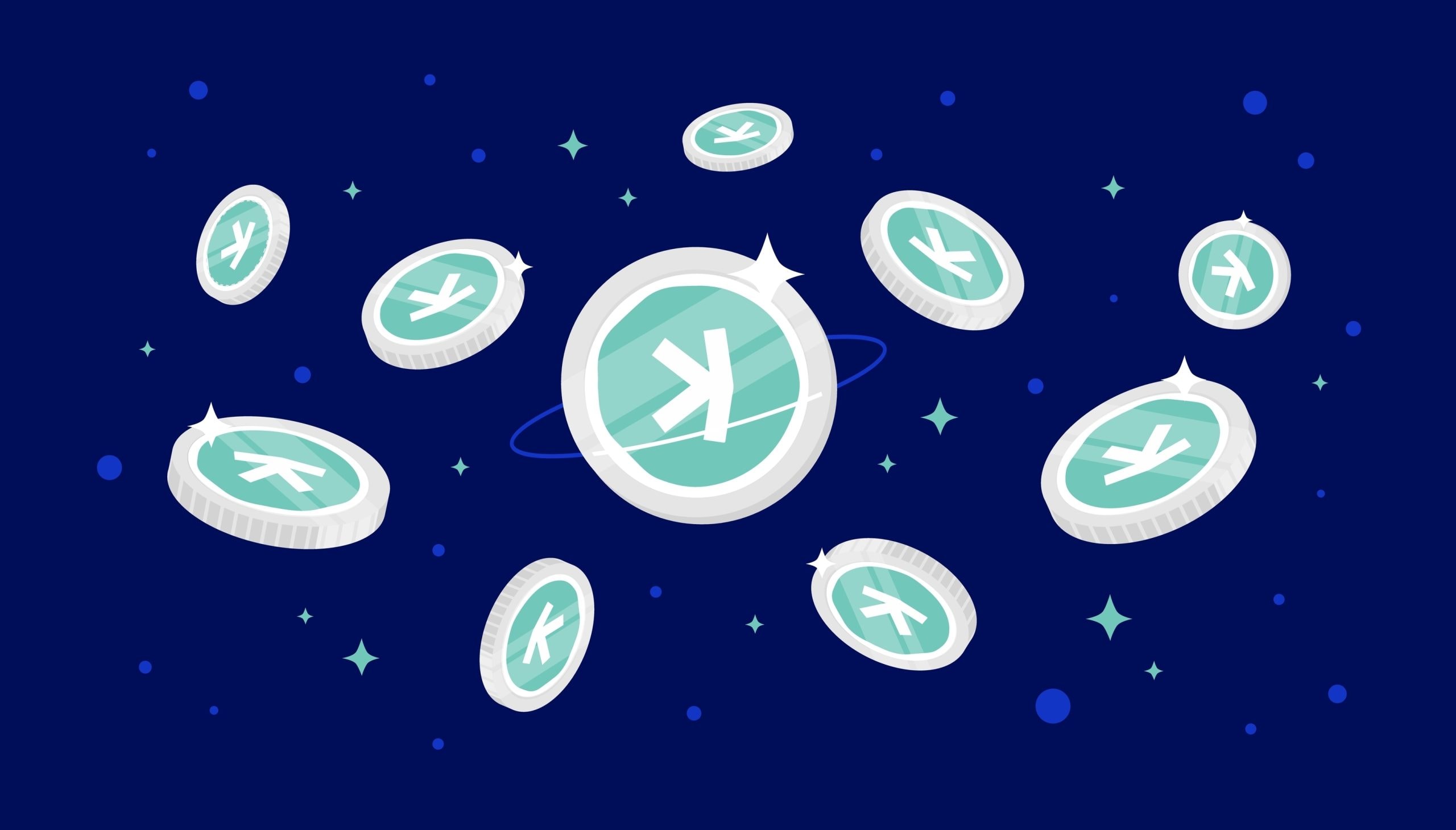Only 8 out of 100 people currently hold Bitcoin for less than a month. As long as bitcoin increases in value, bitcoin will become more like digital gold than cash. Kaspa claims to be the fastest and most scalable PoW network. The block time is one second, whereas Litecoin – which has often been referred to as digital silver in the past – takes 2.5 minutes. What distinguishes Kaspa from the usual PoW networks?
Kaspa wants to solve the “orphan problem”.
The Kaspa network currently consists of a pure Layer 1 transaction layer, which relies on a mixture of linear blockchain and directed acyclic graphs (DAG) from the network architecture. The so-called BlockDAG is intended to represent a compromise between security and scalability. An extended version of the Nakamoto consensus was implemented in this construct: Kaspa’s GhostDAG consensus (new DAG Knight consensus in planning) allows, unlike Bitcoin, the so-called “orphan blocks” or “orphan blocks”. Rather than miners competing like Bitcoin, Kaspa simply puts miners working together – regardless of whether the new block is on the main chain or as an orphan block in the periphery.
In order for Kaspa to detect the dishonest miners, GhostDAG uses a special algorithm that connects the blocks of the honest miners stronger and faster than the blocks of those who conflict with it. In addition, the shortened block time (1 second) and a low block confirmation time (latency) should ensure security in order to prevent manipulation by attackers on the orphaned blocks. More background information on Kaspa is described in more detail in the video.
Does Kaspa solve the blockchain trilemma?
Kaspa has reignited interest in PoW. It can again be discussed whether Proof of Work-based networks can work energy-efficiently and at the same time solve the blockchain trilemma of security, scalability and decentralization. The joint project plans to add further second layers in the future to enable smart contract functions for DeFi applications.
If this milestone is achieved, Kaspa could, from a technological point of view, occupy an intermediate position between the PoW networks on the one hand and the Smart Contract-capable PoS networks on the other.
Due to the early development status, however, it is difficult to estimate whether Kaspa will become a “new digital silver” and thus outperform networks like Litecoin. Early network entrants are currently benefiting the most from the surge in popularity, thanks in no small part to a listing by larger exchanges such as Kucoin. It remains to be seen whether this trust will grow in the long term. To this day, however, the growth path can, in the words of the Kaspa founder, be described as a “positive sum game”.
The latest issues of BTC-ECHO Magazine
You might also be interested in this
